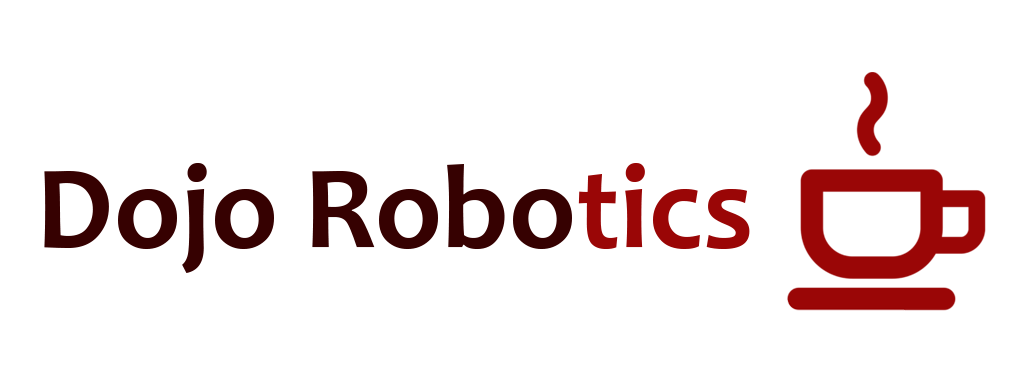Your Ultimate Guide to Sourcing the Perfect Robot Barista for Your Business
Over recent years, as the pace of development in technology continues to increase, so is the automation in the coffee industry, just like in other industries. Recently, an IBISWorld market research report valued about $45.4 billion globally for the coffee shop's market in 2022 and continues to grow at 2.1% in annual growth rates. This rush of activity in the coffee world creates opportunities for innovation through automation and robotic solutions. Companies are thus looking for ways to improve customer experience and optimize their functions-increased demand measures for Robot Barista For Sale.
Integration of robot baristas, as more customers get used to the swift and efficient services provided by machines, has emerged as a very profitable investment for coffee houses today. In other studies by Technavio, it is estimated that the market for robotic coffee machines will grow at a compound annual growth rate (CAGR) of nearly 20% in the next five years. Apparently, the business world is changing to meet these dynamic expectations as coffee lovers desire consistency and quality in their coffee brews every day. This guide aims to bring you complete information about the perfect robot barista for your business so that you can remain relevant in the highly competitive coffee market.
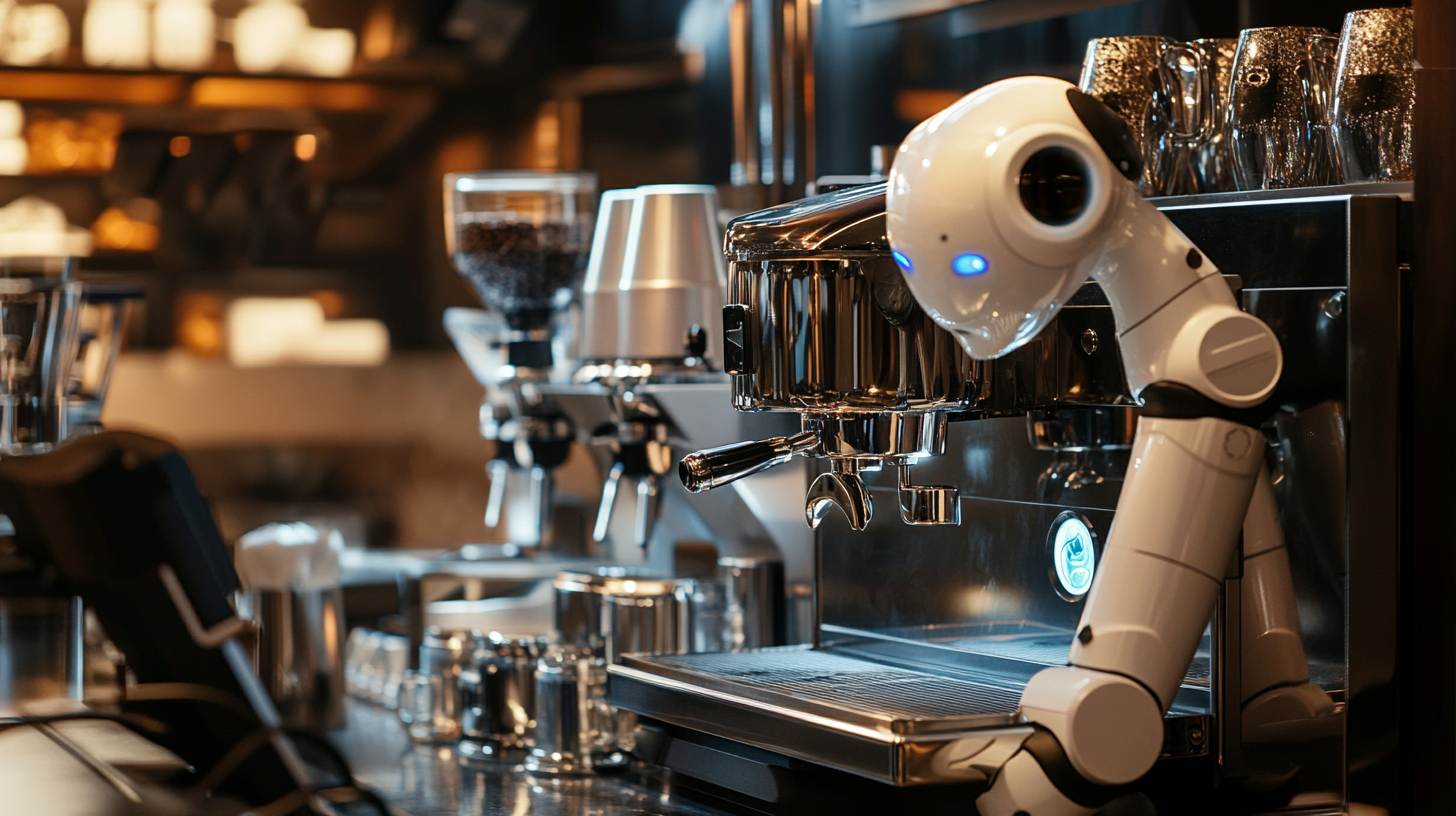
Key Features to Look for in a Robot Barista
Essentially, one needs to focus on a few key features when one is trying to obtain the finest robot barista for the business. These features will help increase efficiency and customer satisfaction. Making the robot much more effective will be an important point: the robot's range of beverages. A robot barista might be expected to brew everything from espresso and cappuccinos to specialty drinks such as flavored lattes and cold brews. This way, it entertains the diversity of interests of customers while also keeping the menu reasonably interesting. The integration of the robot to point-of-sale systems is another worthy consideration. Quick and seamless communication between the robot and your POS can greatly ease the ordering process for an employee and customer. Thus, look for robots capable of notifying on order statuses in real-time or considered for peak times so that the flow of service runs smoothly, devoid of the typical bottlenecks displayed by traditional setups. Moreover, flexibility is crucial. The best robot barista should come furnished with AI-powered technology that learns and adapts to your changing business. It should take note of client preferences, item popularity, and even suggest some new drinks based on trending items. Such intelligence not only enhances service delivery but also assists with stock management in terms of less waste and a more organized business at all times.
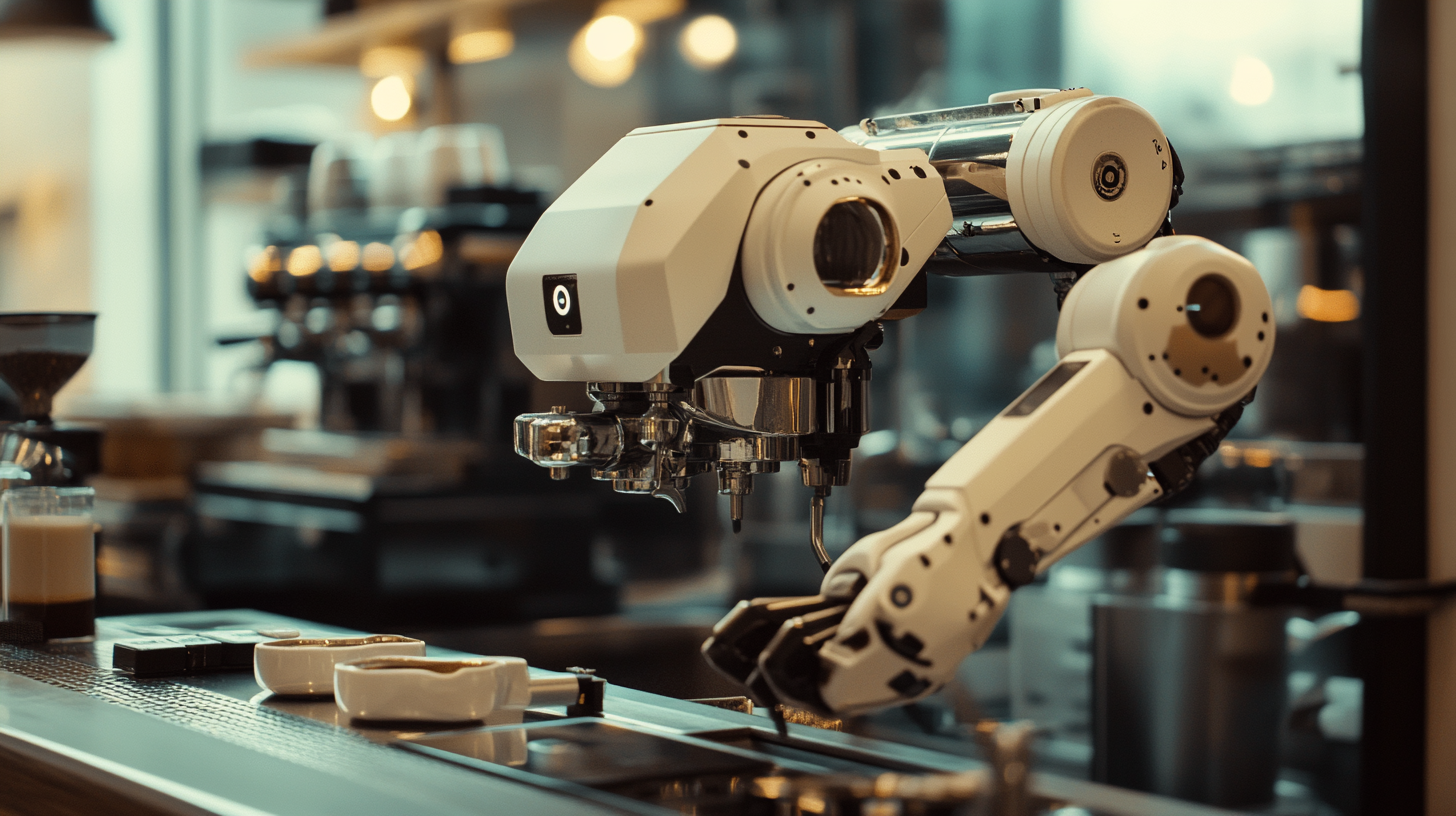
Understanding the Different Types of Robot Baristas Available
From the espresso machine of the future to an entire coffee shop operated by a robotic system, invention after invention is pouring into the market, all aimed toward operational efficiency and enhanced customer experience.
Chinese robot baristas have entered the New Zealand market, serving quick, quality coffee with little human intervention. Clearly, demand is growing for convenience in the coffee business, as most industry reports suggest about 60% of the consumers now want coffee fast but with quality. The rise of self-serve coffee machines equally reflects the value of personalized yet convenient service; customers can enjoy specialty drinks as they like, at their own convenience.
In Switzerland, a new robot serves not just coffee but also a mocktail, showcasing versatility beyond just coffee making. This is consistent with data suggesting that almost 30% of coffee drinkers have an interest in beverages other than coffee, emphasizing the opportunity for robot baristas to expand their menus and subsequently improve profit margins. In addition, via artificial intelligence improvement, the robots can help refer drinks according to consumer preferences, thus establishing a unique customer experience.
Robot baristas in Moscow showed a clear pathway towards automation in the industry signifying change in what it means to run a cafe. With safety measures related to COVID-19 being observed, robot baristas at South Korea’s cafes are providing a win-win strategy for social distancing and efficient service. This ingenious application shows how the technology can be resilient in responding to challenges posed by the real world, while at the same time being able to satisfy the taste and service demand of consumers.
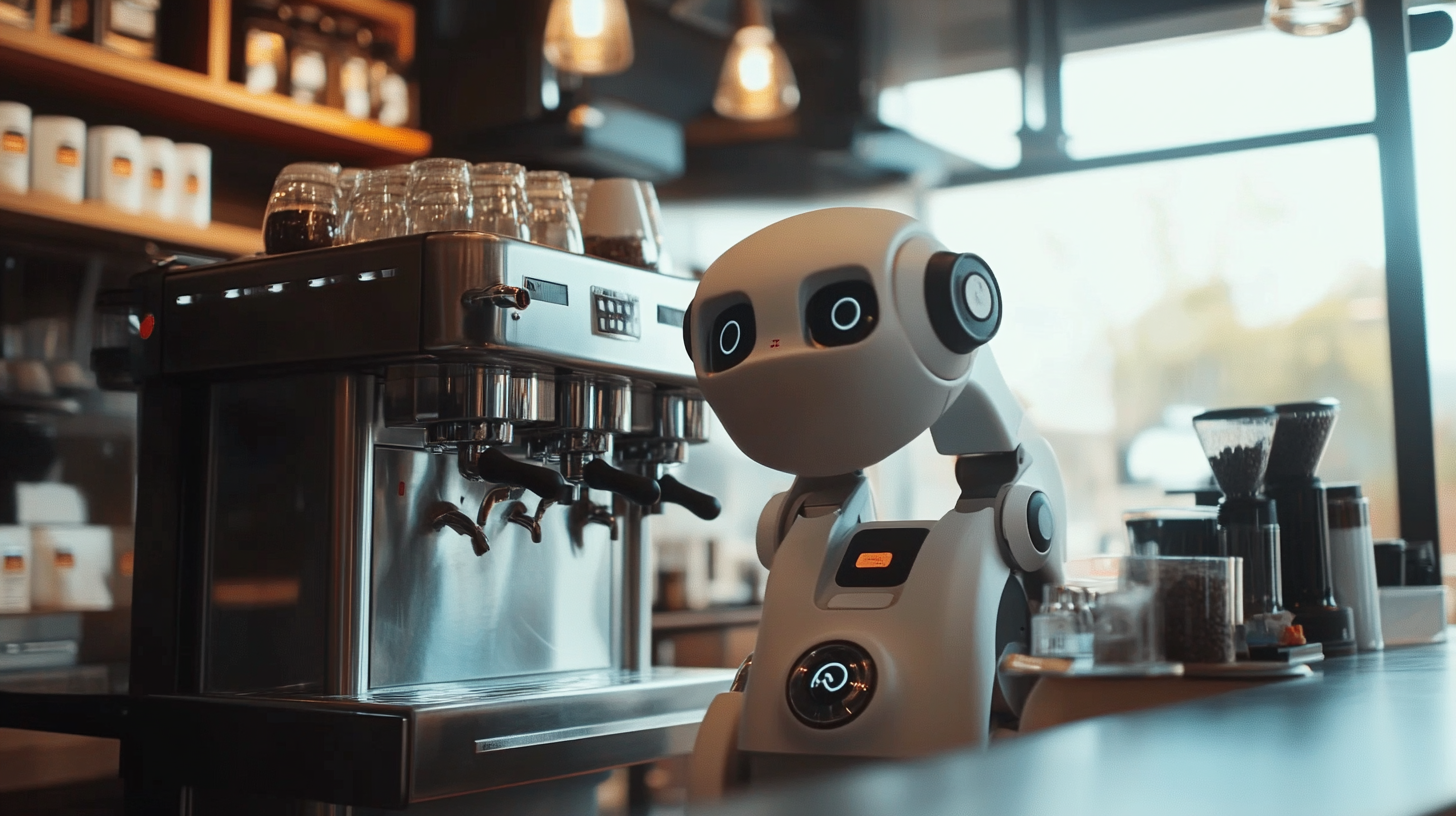
Evaluating Cost vs. Long-Term Benefits for Your Business
Make cost-benefit analysis when bringing robot barista commercial business, purchase price of robotic systems may start from expensive $10,000 and goes up to $50,000 depending on specs and capabilities: annual savings made on labour can greatly surpass these costs. According to Market Research Future report, robotic coffee machine market is expected to increase at a CAGR of 21.7%, displaying increased acceptance and demand for automated solutions in an industry traditionally connected to manual labor.
Robotic baristas could also save labor while improving customer experience and increasing sales. According to data published in the International Journal of Hospitality Management, 67% of consumers said they would appreciate such a technology in customer service; thus, a good robotic barista would help shorten service times while ensuring consistency. In addition, robotics can also improve operational efficiencies, thus allowing for good management of stock and hence minimize wastage, having a better impact on the bottom line.
Kaizen business will also invest in automation systems addressing the problem of labor shortages- declining by around 10% in barista positions in the coffee industry-and have selvedges that help "forward-thinking" businesses as competition increases. The integration of robotic technology in a business promises better returns from investments over a longer time than more traditional routes, reinforced by ingrained customer loyalty and better throughput in peak hours. Cost-benefit analysis must also be taken in making informed decisions about the consumer model business-you have to consider the initial investment cost against expected long-term benefits.
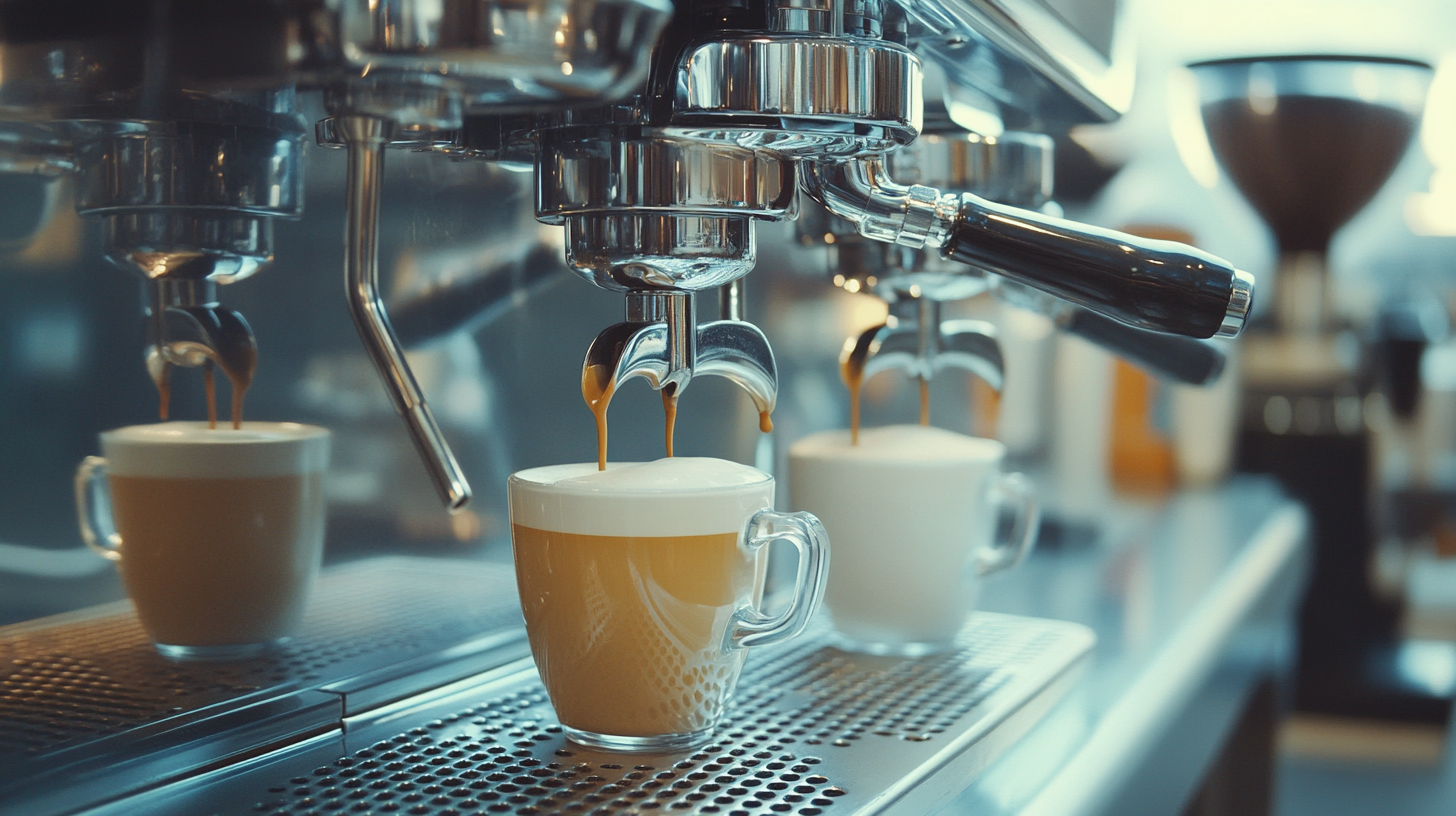
Integration with Existing Coffee Shop Equipment and Systems
A robot barista can be stern in tailoring the ambient surrounding atmosphere of your coffee cafe for the future. Of course, in integrating such cutting-edge technology into your coffee shop, considerations must be made on how it can seamlessly integrate with the existing equipment and systems. Successful installation will result not only in enhancing the degree of productivity but also enabling customers to experience what they are used to in the coffee-shop atmosphere. Analyze what is in place to install: espresso machines, grinders, and POS systems installed. This reduces disruption and streamlining the operational dimensions.
Next, pay attention to the software aspect of the integration. Most of the new robot baristas are endowed with advanced technology that can connect properly with the existing management system in a business; it will then take away weird mobile apps from ordering, inventory, and customer interaction wherein the company will set such an application. Modular solutions are often there that can enable companies to upgrade their infrastructures little by little and not necessarily undergoing total replacement or overhauls.
However, the staff must be trained to work around robotics. Repetitive workings are easily handled by machines; however, the touch of artistry and the personal attention some customers adore can only be provided by outstanding human baristas. Hence we should encourage employees to enhance their integration into technology through introduction to the device, wherein they'll be asked to use automation to speed things up for customers or internally. This does not destroy the artisan tradition in your coffee shop but raises the entire customer experience bar.
Training Staff and Customers for a Smooth Transition to Automation
Much more than the installation of new technology, the actual transition to automation involves thoughtful training for both staff members and customers. The goal of this kind of training is that everyone becomes comfortable with the changes and understands what the robot can actually do.
Training staff is key because staff are the first line for support. A series of training sessions that go in-depth with the robot's functionalities, including troubleshooting certain things, will help ensure staff may answer questions for customers and run operations smoothly. Staff should also have an opportunity to handle the robot and learn from experience about its capabilities and limitations, thereby enhancing their confidence in its operation and placing them in a position to address questions from customers.
Equally important is the education of customers. A thorough onboarding experience can be crafted to explain what they can expect from the robot barista. Interactive demonstrations reveal how the robot prepares drinks with smooth precision and speed. Signage and digital screens to convey helpful information can likewise soothe customer feelings. This could include soliciting customer feedback in the early rollout for amateurs to learn how to tweak anything to enhance their experience with the new service. By all these steps, companies will ensure that the transition goes smoothly with excitement, not fear, for both the staff and customers.
